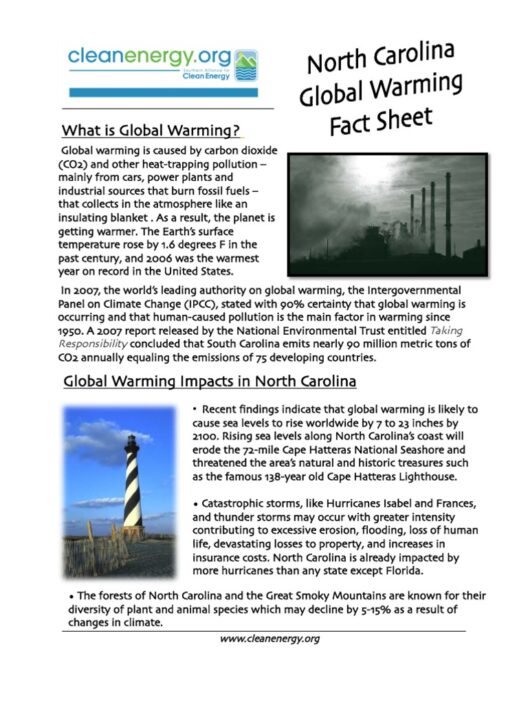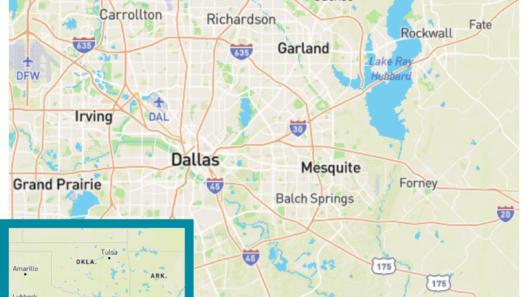Climate change represents one of the most pressing existential threats facing humanity today. As temperatures rise and weather patterns grow increasingly erratic, the question of how we disseminate knowledge regarding this crisis emerges as a catalyst for action or inertia. Particularly, the role of the Internet in shaping public awareness is a dual-edged sword. While it fosters an unprecedented level of access to information, it also engenders misinformation and apathy. This article delves into the twofold influence of the Internet on climate change awareness, assessing its potential to both enlighten and obscure.
The Internet has revolutionized communication, obliterating geographical constraints and time barriers. One of its most profound impacts has been the ability to disseminate knowledge rapidly. Information that was once confined to academia or specialized seminars can now be accessed by anyone with a connection. Platforms that offer educational content amplify the voices of scientists and activists, allowing for a broader discourse around climate change. This democratization of information can galvanize individuals into action.
Moreover, social media acts as a powerful conduit for awareness campaigns. Hashtags like #ClimateAction and #FridaysForFuture serve not only to unite individuals but also to educate them about both the nuances of climate science and the urgency for action. The virality of content can mobilize massive audiences, engendering a sense of collective responsibility that translates into grassroots activism. Numerous campaigns successfully leverage the Internet’s reach to generate petitions, rallies, and protests, transforming societal narratives around climate change.
However, the digital realm is not without its pitfalls. As the walls of information grow thinner, the landscape also becomes saturated with a deluge of misinformation and disinformation. Various actors, from opportunistic corporations to politically motivated groups, exploit the vastness of the Internet to disseminate misleading narratives. This ambiguity can create confusion and skepticism among the public. When fact and fiction coexist in online discussions, the outcome often leads to a diluted understanding of climate change and its ramifications, fostering apathy rather than urgency.
Moreover, the Internet can inadvertently contribute to a phenomenon known as “information overload.” With countless articles, blogs, and videos about the environment flooding social media feeds, individuals may feel overwhelmed. The sheer volume of data can lead to decision fatigue, where the urgency of climate action is eclipsed by the inability to discern credible sources from dubious ones. In such a scenario, individuals may default to disengagement, convinced that their personal actions are insignificant in the grand scheme of global climate dynamics.
Recent trends also suggest that climate change discussions tend to ebb and flow in the digital sphere, often correlating with major global events such as climate conferences or natural disasters. While these spikes in awareness may be beneficial, they seldom translate into sustained engagement. In many cases, public interest wanes rapidly, leaving behind a temporary flurry of activity that lacks continuation. Such patterns exemplify how the Internet may contribute to a superficial understanding of climate issues, where individuals express concern without committing to long-term behavioral changes.
However, it is also essential to recognize innovative ways people have harnessed the Internet’s potential to create meaningful change. Online education platforms, dedicated forums, and even virtual summits serve as incubators for knowledge exchange, equipping individuals with the tools necessary to combat climate change. These spaces allow for critical discourse on sustainable practices, alternative energy solutions, and policy advocacy, nurturing a more informed populace poised to engage in actionable efforts. Moreover, initiatives focused on citizen science leverage digital interfaces to mobilize data collection, empowering individuals to contribute directly to climate research.
In considering the impact of the Internet on climate change awareness, one must not overlook the potential for ethical digital activism. Organizations and movements can foster accountability through transparency, urging individuals to critically assess the data they consume. Thus, a shift in perspective towards responsible consumption of information on climate change can inversely enhance vigilance, creating an informed network of activists who challenge climate denialism and demand systemic change. The Internet is not just a passive repository of knowledge but an active arena for advocacy, requiring discernment and engagement from its users.
Ultimately, the efficacy of the Internet in aiding climate change awareness hinges on the user’s willingness to engage critically with the material presented. By fostering a culture of critical thinking and accountability, the potential exists to combat misinformation while amplifying sound science. A commitment to discerning credible sources, sharing knowledge responsibly, and advocating for sustainable practices can empower users to foster a more informed society capable of mobilizing for environmental justice.
In conclusion, the Internet is a multifaceted tool in the realm of climate change awareness. It harbors the potential to inspire, enlighten, and mobilize, yet it also poses considerable challenges through misinformation and disengagement. As we navigate this digital landscape, a conscientious approach can transform the way we understand and address climate change. By investing in credible information and fostering critical dialogue, the Internet can indeed serve as a powerful ally in the global fight against climate change.








